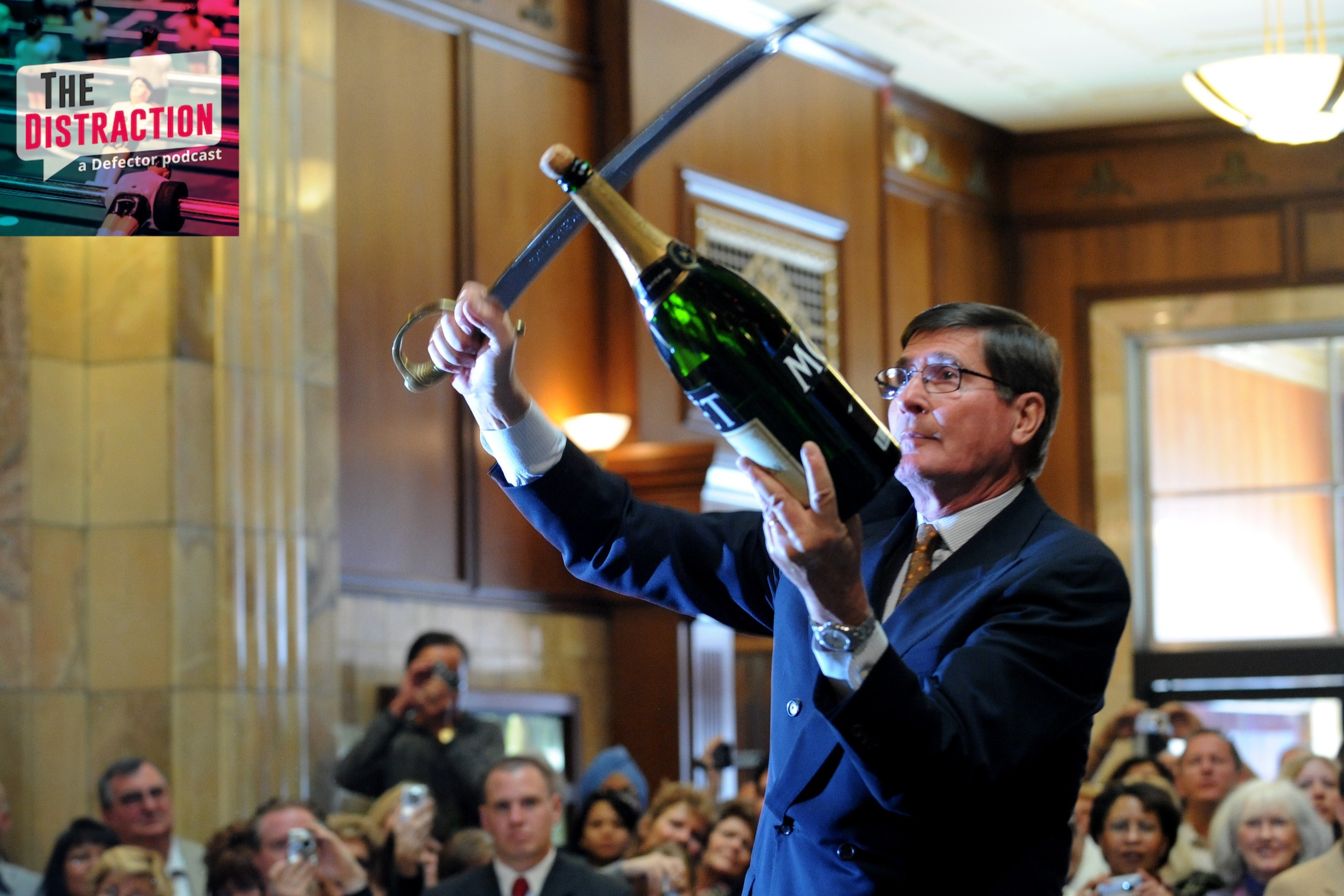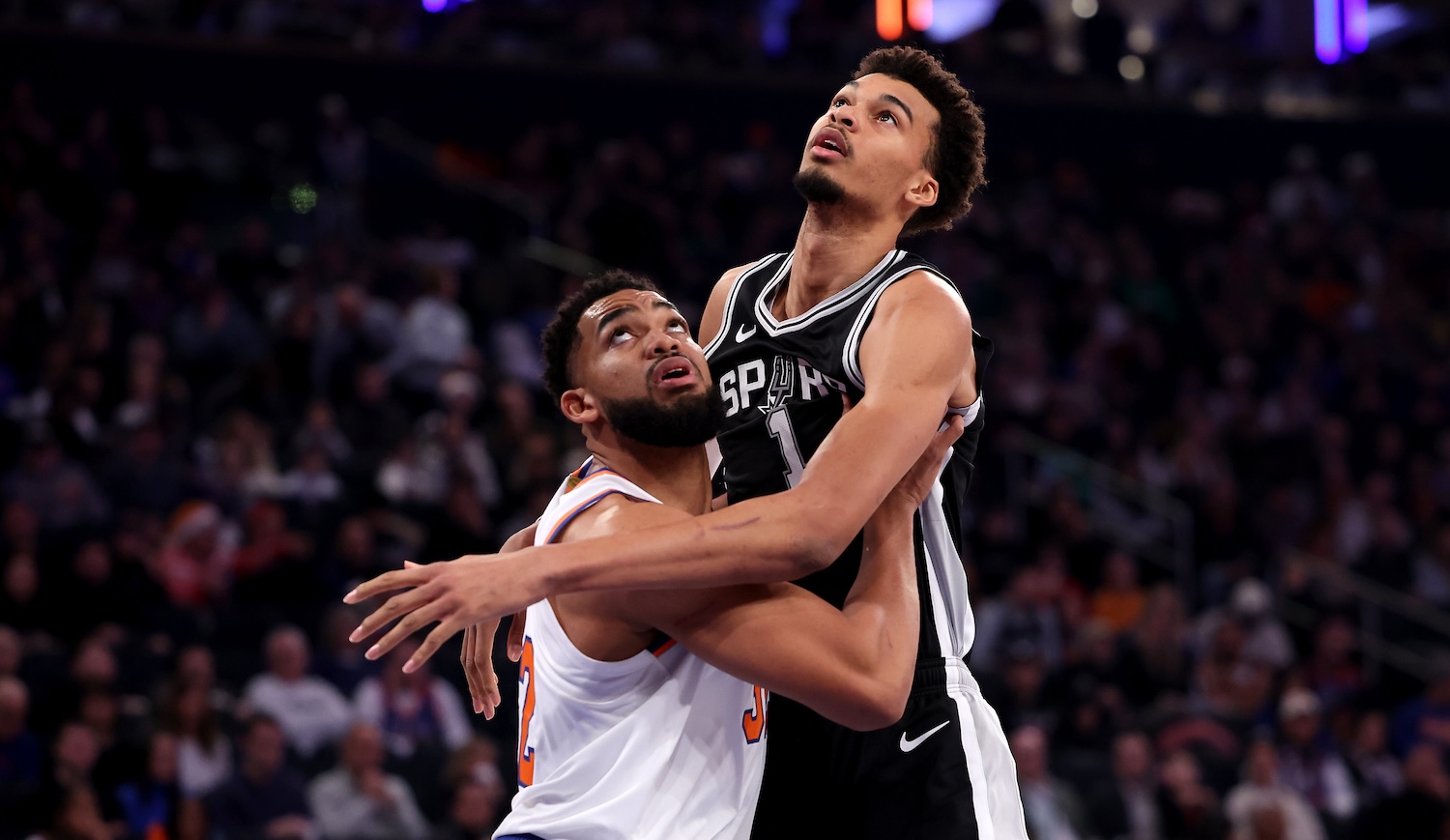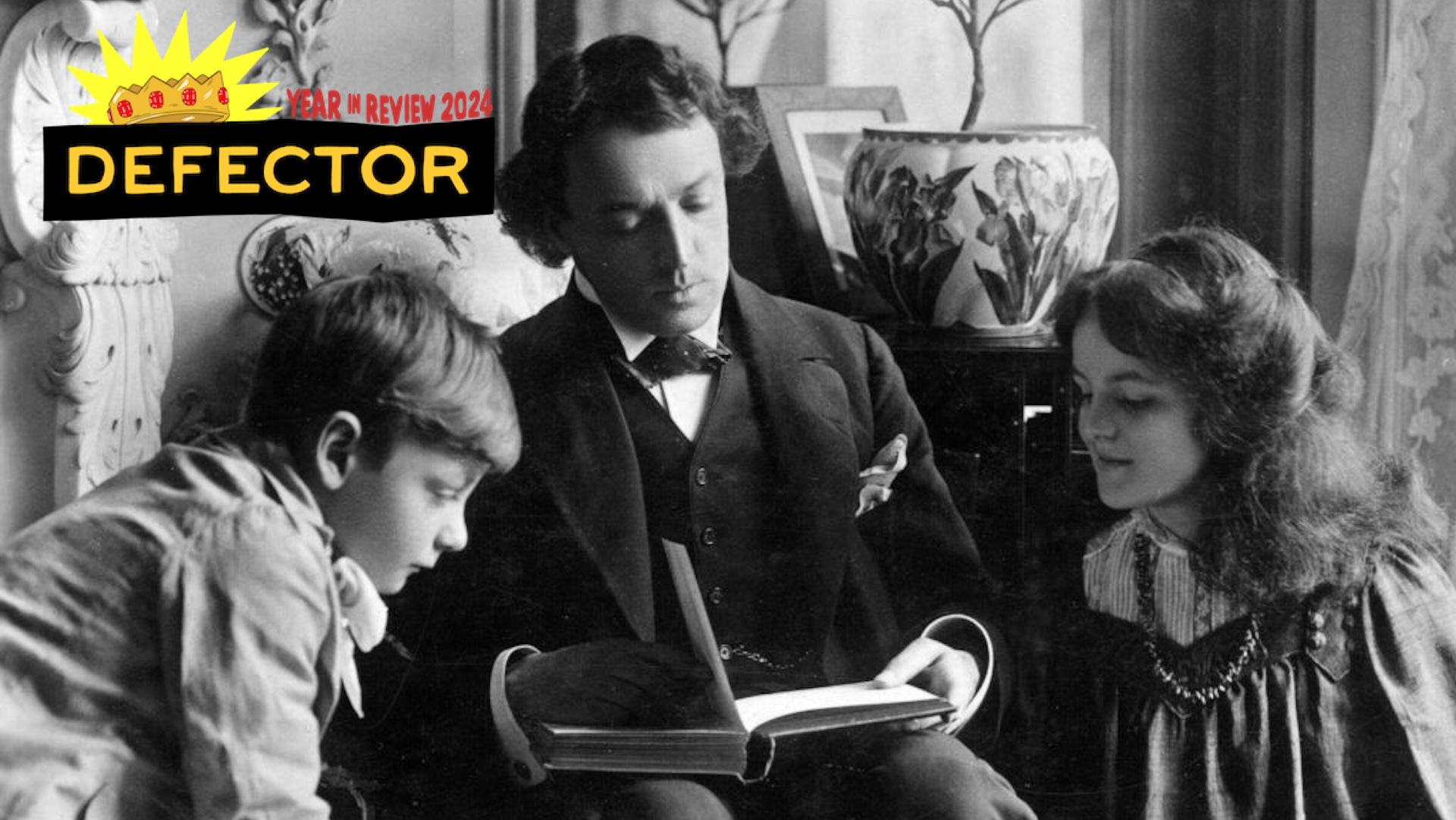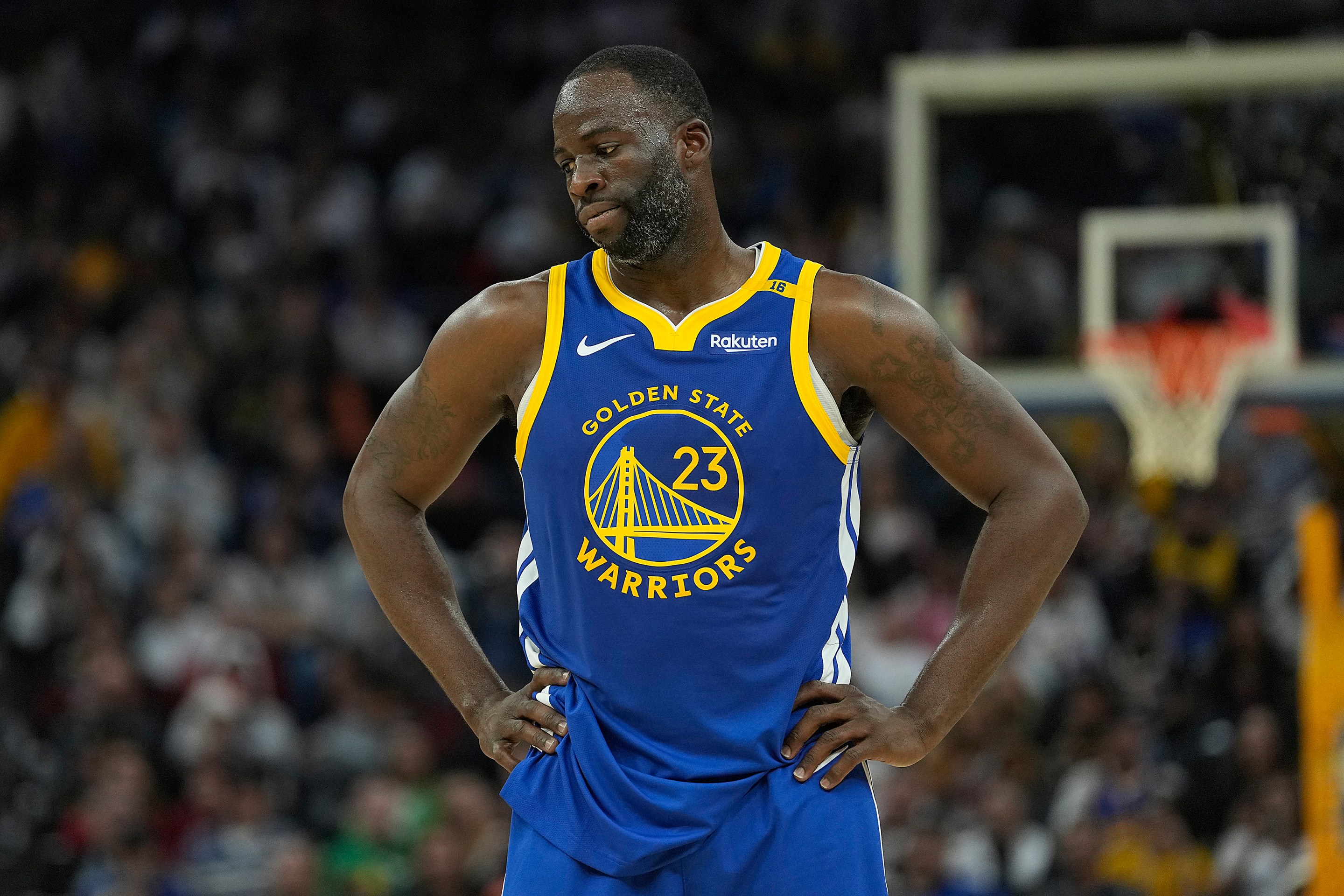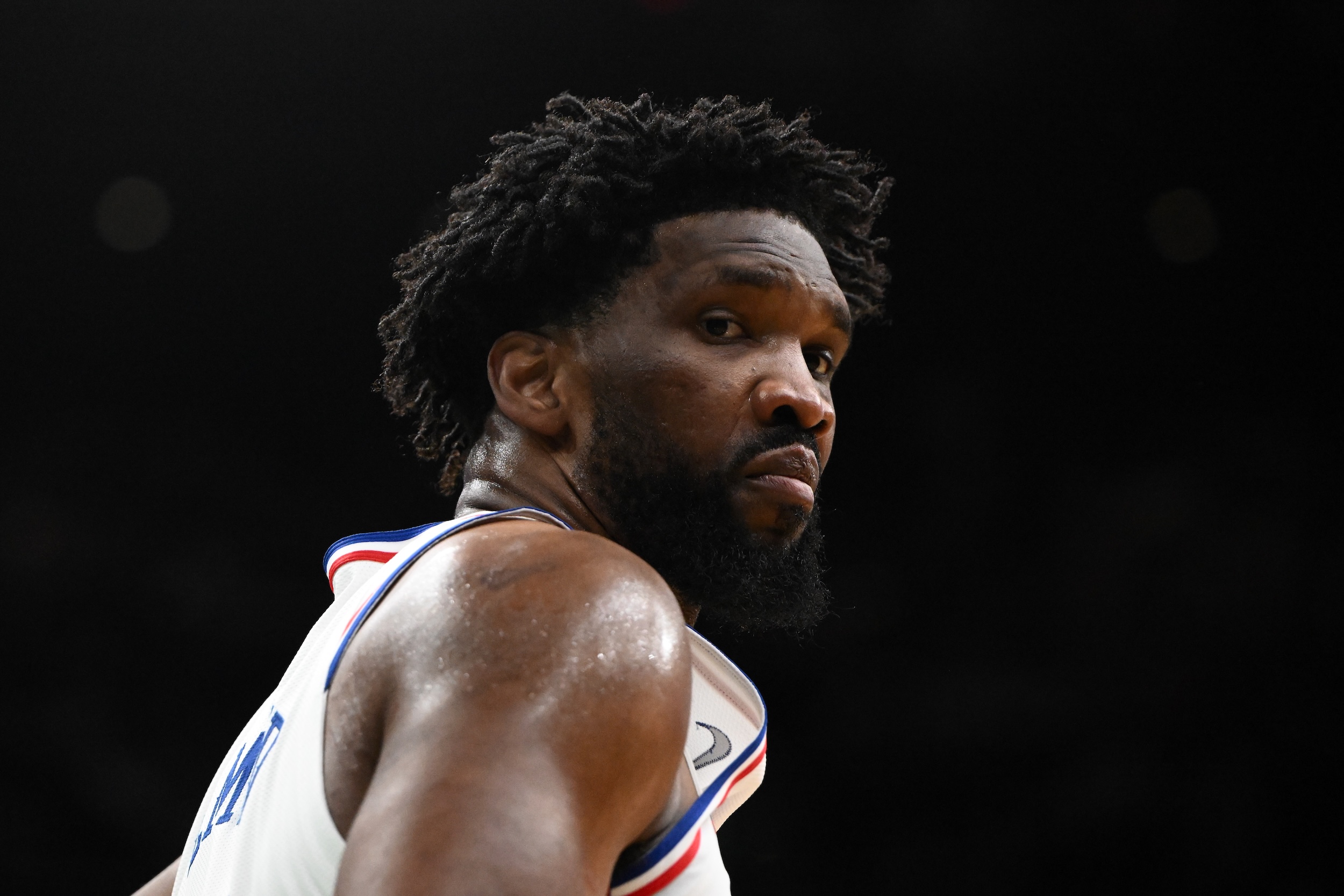"Fear is the predominant issue for players," Garrett Broshuis, a former minor-league player, attorney, and, eventually, a founder of Advocates for Minor Leaguers, told me back in 2018. "When I was talking to players [about organizing], it’s not that they didn’t recognize the benefits of a union, but they were scared. They looked at me as if I might as well have been asking them to jump off of a cliff with me. They are so fearful of those owners, and what they might think about it, and how the owners might judge that decision to act collectively."
There was a good reason for the fear Broshuis talked about. Major League Baseball’s owners had an iron grip on their minor-league players during his own time in the minors, and that control was seemingly growing only tighter over time. In the spring of 2018, the league leaned on the federal government to retroactively justify the players’ low pay through the Save America’s Pastime Act, embedded over 1,900 pages into a $1.3 trillion federal spending omnibus. That bill made it legal for MLB to pay minimum wage and avoid paying players overtime on more than 40 hours of work per week, which in effect meant players were, with the backing of Congress, being paid less than minimum wage. Pay was capped at 40 hours per week, but players performed more like 60-70 hours of it during the season, and were not paid for spring training, extended spring training, or instructional leagues, either. They also, per the Uniform Player Contract, were required to train and maintain their readiness throughout the offseason on their own dime.
How, then, in the mere four-plus years since Congress aided MLB in its longstanding quest to continue to hold minor leaguers down, did things shift so much that MLB granted voluntary recognition—without even a protracted public shaming period from players, media, and fans to precede the announcement—to a new and fired-up Minor League Baseball bargaining unit that was vying to become part of the existing Players Association? How was it that the same MLB that usually prefers to play PR games rather than negotiate as a point of institutional pride had no choice but to bow to reality? There is no single answer; the remarkable turnabout owes to a combination of events and changes in attitude. MLB overplayed their hand on multiple occasions, minor league players found both reasons and means to unite against the bosses they feared, and some outside forces played a significant role in flipping the concept of what was possible on its head.
The Save America’s Pastime Act was the start of the change. As Emma Baccellieri wrote for Sports Illustrated in September, minor-league players like Trevor Hildenberger were furious about not just MLB’s push to codify minimum wage as all that was necessary, but also the league’s insistence that minor league players were short-term seasonal apprentices, and as such unworthy of labor rights or better working conditions. Anger alone wasn’t enough, though. The players needed allies, they needed organization, and they needed to overcome what Rays farmhand Joe Hudson termed the "education curve" in Baccellieri’s story. None of that was available in 2016, but once MLB’s multi-year and multi-million dollar lobbying bought the league the Congressional favor it sought in 2018, that outside help, and those necessary allies, began to appear.
Crucially, there was a change in the public awareness of how minor-league players were being treated around that time. Sure, those who follow every aspect of the game or were heavily invested in Minor League Baseball specifically might have been aware of how little minor leaguers were paid and how narrowly they were forced to live, but it wasn’t well-known among regular fans that players at the lower levels were paid just a few thousand dollars per season, and that even at the Triple-A level, one step from the majors, some players were making under $11,000 in salary. The perception of how minor leaguers lived might more aptly be called a projection—that minor leaguers, like major leaguers, were professional baseball players, and so probably being at least somewhat well-compensated to play a kid’s game. The reality—that there were bat boys getting paid more than the players they were grabbing bats for, that minor-league players were responsible for their own bats, gloves, and cleats, that signing bonuses didn’t last very long, especially not when they were subsidizing poverty-level wages—was very different, but also both not much fun to think about and very easy not to know. It was that combination of public incuriosity and media inattention, more than any clever messaging in the lies that MLB told, that let commissioner Rob Manfred get away with citing the sum of all minor league signing bonuses as proof that everything was fine.
MLB making minor-league pay the focal point of a lobbying campaign, ironically, shed some much-needed light on all of this. It made the large majority of sports media and fans who hadn’t really thought about any of that aware of the working and living conditions on the farm. It also made it so that MLB was eventually pressured into giving roughly a 50 percent pay raise across the minors to stem the tide of negative public relations. This did not change the fact that, as I’ve written elsewhere, 50 percent of shit is still shit, just more of it. Even after this raise, the only minor-league player group making better than poverty-level wages were those repeating Triple-A. That still sucks, and fans can count, and some sportswriters can, too. All of which is to say that MLB wasn’t fooling anyone, or anyway not nearly enough people, with that raise. That went double for the players they figured it would appease.
To reset: the league had secured its government-backed pay structure in the minors, but at a not-yet-quantifiable cost. Players were no longer willing to simply ignore how they were being treated, and, with MLB’s next major move, new organizations would rise up to support them—organizations founded by former minor-league players who knew the score. More Than Baseball, a nonprofit, was formed in response to the Save America’s Pastime Act, and its aim was to lessen the financial burden for the players struggling to feed and house themselves, as well as gear themselves up for games. More Than Baseball’s goals were admirable, and their work necessary and helpful, but as a nonprofit reliant on raising funds for those goals, they were designed to treat the symptoms much more than the causes.
Another organization came along to do that work following the news that MLB planned to disaffiliate dozens of minor-league baseball clubs before the 2021 season—a move the league went ahead and made while Congress’ minor-league task force ended up understandably distracted by the COVID-19 pandemic. That new group, Advocates for Minor Leaguers, was founded in the spring of 2020 by Broshuis, as well as former minor-league players Ty Kelly and Matt Paré. The goal was to give a voice to the players who, to that point, were too afraid to speak out about their living and working conditions. Those players were still afraid, but by that point they were less concerned about what would happen if they spoke up than what would happen if they did not. The elimination of those 40 minor-league teams also meant the elimination of 1,000 minor-league jobs. If MLB wasn’t going to pay players well, and would only give them an insubstantial raise upon the condition of erasing 1,000 jobs and implying that more could be lost if morale didn’t improve, then the consequences of players standing up for themselves couldn’t possibly be worse.
Advocates for Minor Leaguers gave public voice to the many complaints and concerns of players, whether they had to do with meals, housing, misinformation coming out of MLB, or teams demanding back pay for spring training; they served as the players’ representation when the Senate Judiciary Committee began to ask MLB about their antitrust exemption, and if it was adversely impacting minor-league players. The organization racked up so many victories in so little time, in fact, that Advocates for Minor Leaguers no longer exists. The group, and the employees it brought on board after its founding (like executive director Harry Marino), were absorbed into the MLBPA during the minor-league organizing push.
Advocates’ presence continually pressured MLB to do better by minor leaguers, and put some real wins on the board along the way. There initially were no stipends for minor-league players after the 2020 season was canceled due to the coronavirus, but Advocates kept up the pressure each month to ensure that all 30 teams would continue to pay the $400 a week that these players needed to survive at a time when the country was shut down and their jobs were lost. After surveying players to discover what they needed most, Advocates zeroed in on housing in 2021—and by 2022, MLB had agreed to pay for housing. The organization did so in such a way that it was clear that the league was terrified that the players were gaining the confidence and desire to organize into a union. That Advocates responded to MLB’s housing plan with a list of what wasn’t included—a list that also mentioned the lack of a seat at the table for the players—confirmed that the league had every right to be terrified. The players had replaced their fear with anger and expectation, and had found an outlet to express both. In the literal and figurative sense, they were already getting organized.
Fear was just one roadblock, but once it was cleared a host of others would soon fall just as emphatically. The class action lawsuit, Senne v. MLB, finally reached its conclusion in 2022. The suit, first filed in 2014, had clear implications for the past, present, and future of minor leaguers, as the working conditions it was railing against were not all that different from those that present-day players toiled under. In March, presiding Judge Joseph Spero declared before the two sides even reached their trial date that what players were performing during spring training was in fact work, and went on to say that they also should be paid for the time they spend traveling. MLB had leaned heavily on the idea that these players were part-time seasonal apprentices, and that spring training was merely an extended tryout—the sports equivalent of working for the exposure, or as Manfred said earlier this year, "trying to break into acting, music, or politics." That argument would clearly no longer hold water—to the point MLB even sent out a memo to teams announcing that they would no longer be restricted from paying minor-league players during spring training, extended spring training, or instructional leagues—which meant it could not be deployed as any kind of delay tactic to halt unionization.
Along the same lines, MLB’s own insistence that Minor League Baseball be shrunk through disaffiliation swiftly came back to haunt them. Fear of further disaffiliation was a weapon they could wield against players, and leaks surfaced even before disaffiliation had taken place that threatened the possibility of more on the way in the future. The players were not cowed by the implied threat, however, and then, due to the timing of the organization push, this pressure point was off the table. The league’s new Professional Baseball Agreement with Minor League Baseball owners dictates that further disaffiliation wouldn’t occur until the expiration of the current deal in 2030, which means the league couldn’t threaten the job of any player who would still be in the minors by then. Since the league used its muscle to disaffiliate and write up the PBA they wanted in the first place, surely they could have figured out a way to work around that self-imposed deadline, but two issues stood in their way: first, the MLBPA refused to give the league the future option to shrink the maximum size of minor-league rosters during this spring’s collective bargaining, and second is that the Senate Judiciary Committee is now watching. MLB can’t leverage their unchallenged, antitrust-enabled power over minor-league players attempting to organize without answering the questions the Committee has posed about that very subject in a way the league is desperate to avoid.
Which means MLB couldn’t threaten these players with the loss of their jobs in the way that, say, Howard Schultz has done with unionized Starbucks stores. MLB had lost vital weaponry and a key ally in Congress, and the players caught the Senate’s attention and picked up a major ally of their own in the form of the MLBPA.
The Players Association, admittedly, is the final piece of the puzzle here, but they couldn’t come in to assist until there was a movement there to assist. The players had to want to be organized and represented by a union for it to happen. The communication network Advocates for Minor League Players put together helped these players realize they would be stronger together. The conversations that these players continued to have throughout the season—as detailed by Baccellieri—created the scenario in which the PA could come in and do more than provide some financial assistance for Advocates’ structure. Everyone had to be on board for this to work—the minor leaguers, the PA, and some form of leadership that could communicate between the two—and that had never happened before in either of their histories. Now it has, and the minor-league players have their own bargaining unit under the larger MLBPA umbrella, and the absorption of Advocates for Minor Leaguers grew the PA’s staff and gave it the lowercase-a advocates they needed to do the work that needs to be done. There was little that MLB could do about any of it.
The players were angry, and had an outlet with which to share that anger—an outlet to which media and fans were now paying attention. Major League Baseball, in control of the minors and its players for a century, had suddenly and decisively been outflanked. Rather than fight a losing battle, they instead retreated and ceded unionization to the players, presumably while beginning to focus on the next fight. That one will take place through collective bargaining, with minor leaguers finally having the seat at the table they’ve needed for ages now. There remains much to be done, but the most difficult part is over: The league will be forced to treat minor league players as equals, and as workers with rights and legal backing, rather than simply as seasonal tools to be used, discarded, and replaced.

